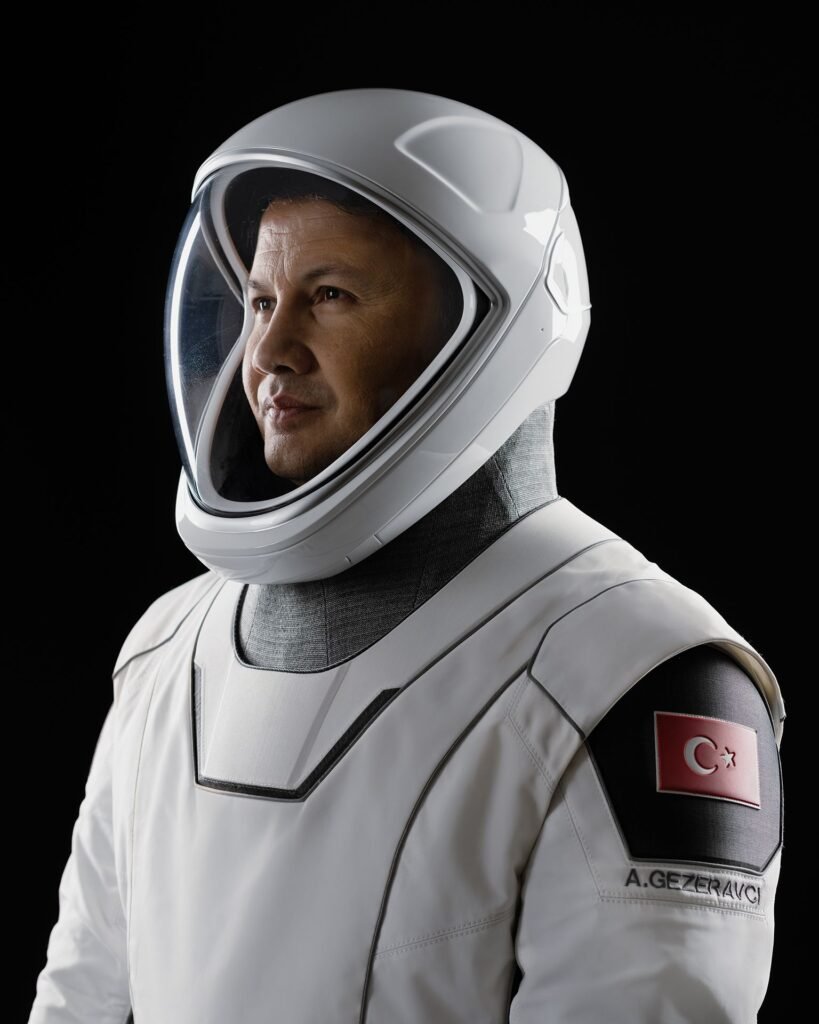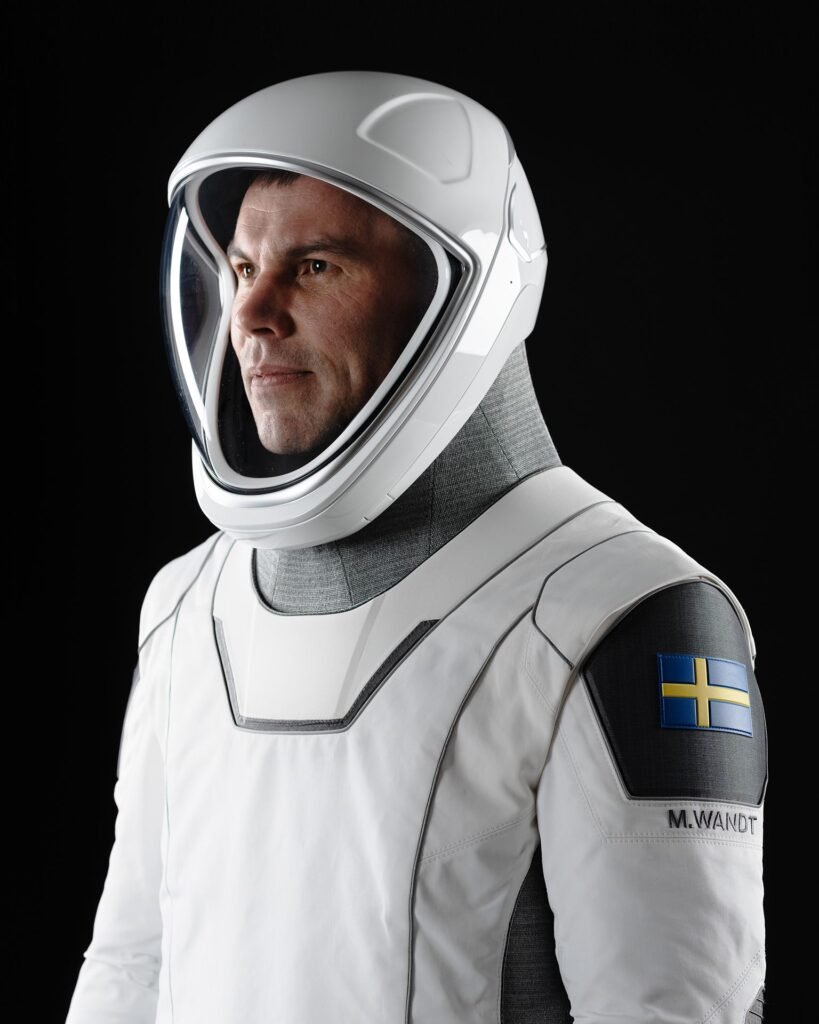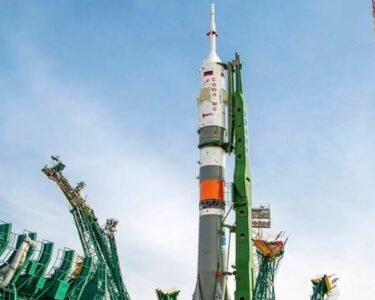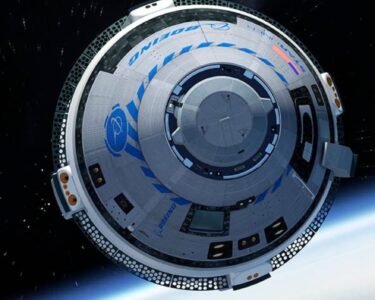Introduction
Space travel, once the domain of national space agencies, has entered a new era with the launch of Axiom Mission 3 (Ax-3) by SpaceX. As the trusty Falcon 9 rocket propels the first all-European commercial astronaut mission towards the International Space Station (ISS), the world watches a significant moment in private spaceflight unfold. This mission, symbolizes not just technological prowess but a pivotal shift in how humanity explores space.
Did Axiom 3 launch today?
Axiom Mission 3 actually launched, on January 18th, 2024, at 4:49 PM Eastern Time (ET). It was carried by a SpaceX Falcon 9 rocket from Launch Complex 39A at NASA’s Kennedy Space Center in Florida.
Background: The Axiom Mission and its Importance for ISS
Axiom Mission: Overview and Objectives
Who is the owner of axiom?
Founders:
Michael T. Suffredini: Former NASA’s International Space Station Program Manager and current President/CEO of Axiom Space. He holds significant influence and decision-making power within the company.
Kam Ghaffarian: Businessman and founder of multiple companies, including Axiom Space, IBX, Intuitive Machines, and X-energy. His financial involvement and entrepreneurial vision contribute to the company’s direction.
Investors:
C5 Capital: A venture capital firm holds a significant stake in the company. They have invested in Axiom Space and financially contribute to its operations and growth. Other investors likely exist but details are not publicly available.
Axiom Space’s partnership with SpaceX for the Axiom Mission series marks a groundbreaking venture aimed at enhancing human space habitation. Axiom Mission 3, the third in this series, carries on the mission’s primary goal of expanding the ISS’s capabilities. This mission focuses on fostering a commercial ecosystem in low Earth orbit, paving the way for future scientific, research, and potentially even tourist activities in space.
Significance of Axiom Mission for the International Space Station
The ISS, an icon of international cooperation in space, stands to benefit significantly from the Axiom Missions. Axiom Mission 3, in particular, enhances the station’s role as a hub for space research and commercial activities. It represents a step towards a future where space is more accessible, and the ISS serves a wider array of purposes, from scientific research to commercial ventures.
The SpaceX Falcon 9 Rocket: Overview and Key Features
Introduction to SpaceX and Falcon 9
SpaceX, led by visionary Elon Musk, has redefined space exploration with its innovative approach. The Falcon 9 rocket, a beacon of this ingenuity, exemplifies the company’s commitment to reliable and cost-effective space travel.
Falcon 9 Technical Specifications
The Falcon 9, standing approximately 70 meters tall, is a marvel of engineering. Its first stage, powered by nine Merlin engines, and a powerful second stage, make it capable of delivering various payloads to different orbits, including the ISS.
Notable Features of Falcon 9
Falcon 9’s partial reusability is its standout feature. The rocket’s first stage can land autonomously for refurbishment and reuse, embodying a new era of sustainable space exploration. Additionally, the recoverable fairing reduces waste and costs, further emphasizing SpaceX’s innovative approach.
Crew Selection and Training for Axiom Mission 3
Who is the crew of Axiom 3 mission?
Axiom 3 boasts a diverse and accomplished crew of four astronauts:
Commander:
Michael López-Alegría: This Spanish-American veteran astronaut leads the mission, drawing on his vast experience with four previous NASA missions and a Space Shuttle record for most EVAs (spacewalks). He’s currently employed by Axiom Space.

Mission Pilot:
Walter Villadei: An Italian Air Force pilot and engineer, Villadei brings his expertise in military aviation and systems management to the mission.

Mission Specialists:
Alper Gezeravcı: Hailing from Turkey, Gezeravcı makes history as the first Turkish astronaut to fly in space. He comes from a background in physics and aerospace engineering.

Marcus Wandt: Representing Sweden and the European Space Agency, Wandt is a physician and researcher, lending his scientific knowledge to the mission. He’s the first member of the 2022 ESA Astronaut Group to receive a spaceflight mission and the first ESA-sponsored astronaut on a commercial spaceflight.

These four pioneers from various backgrounds represent a significant step in commercial space exploration and international collaboration.
Training and Preparing the Crew for the Mission
Preparing for the ISS involves exhaustive training encompassing physical, mental, and technical aspects. The Axiom Mission 3 crew underwent extensive preparation, including simulated spacewalks and scientific experiments, ensuring their readiness for the challenges of space.
Launch Day: Preparations, Countdown, and Liftoff
Pre-Launch Preparations and Checks
On launch day, meticulous checks ensure the Falcon 9 and Crew Dragon spacecraft are in optimal condition. Every component, from engines to parachutes, undergoes rigorous inspection.
The Countdown Sequence
The countdown is a critical and precise sequence. It involves final checks, fueling, and ensuring the crew and spacecraft are fully prepared for launch.
Liftoff and Falcon 9’s Ascent
The liftoff of Falcon 9, carrying Axiom Mission 3, was a spectacle of power and precision. As the rocket ascended, it marked not just a journey to space but the continuation of a new chapter in space exploration.
Journey to the ISS: Falcon 9’s Orbital Journey and Docking Procedures
Falcon 9’s Orbital Trajectory to the ISS
Navigating to the ISS requires precise orbital mechanics. The Falcon 9’s trajectory was carefully calculated to align with the ISS’s orbit, ensuring a successful rendezvous.
Docking Procedures and Integration with the ISS
Docking with the ISS is a complex and critical procedure. The Crew Dragon spacecraft executed a series of maneuvers to align and dock with the station, marking the successful arrival of the Axiom Mission 3 crew.
Aboard the ISS: Axiom Mission 3 Crew’s Objectives and Activities
Axiom Mission 3 Crew’s Roles and Responsibilities
Onboard the ISS, the Axiom Mission 3 crew engaged in a variety of tasks. Their mission included conducting scientific experiments, representing their nations, and participating in demonstrations of significant national importance.
Scientific Research and Experiments
The crew’s scientific activities aboard the ISS contribute to our understanding of space and various scientific fields. These experiments, conducted in the unique environment of microgravity, hold potential benefits for space exploration and Earth-bound technologies.
Maintenance and Upkeep of the ISS
The crew also participated in routine maintenance of the ISS, ensuring the station’s functionality and safety. This aspect of the mission is crucial for the long-term sustainability of the ISS as a research and commercial platform.
Conclusion: The Successful Completion of Axiom Mission 3 and its Impact on Future Space Exploration
The successful launch, mission execution, and return of Axiom Mission 3 epitomize the possibilities of commercial spaceflight. This mission highlights the synergy between private enterprises like SpaceX and Axiom Space and governmental agencies like NASA. As humanity looks towards more ambitious space endeavors, missions like Axiom Mission 3 demonstrate our growing capability to explore beyond our planet, paving the way for future generations to venture further into the cosmos.





